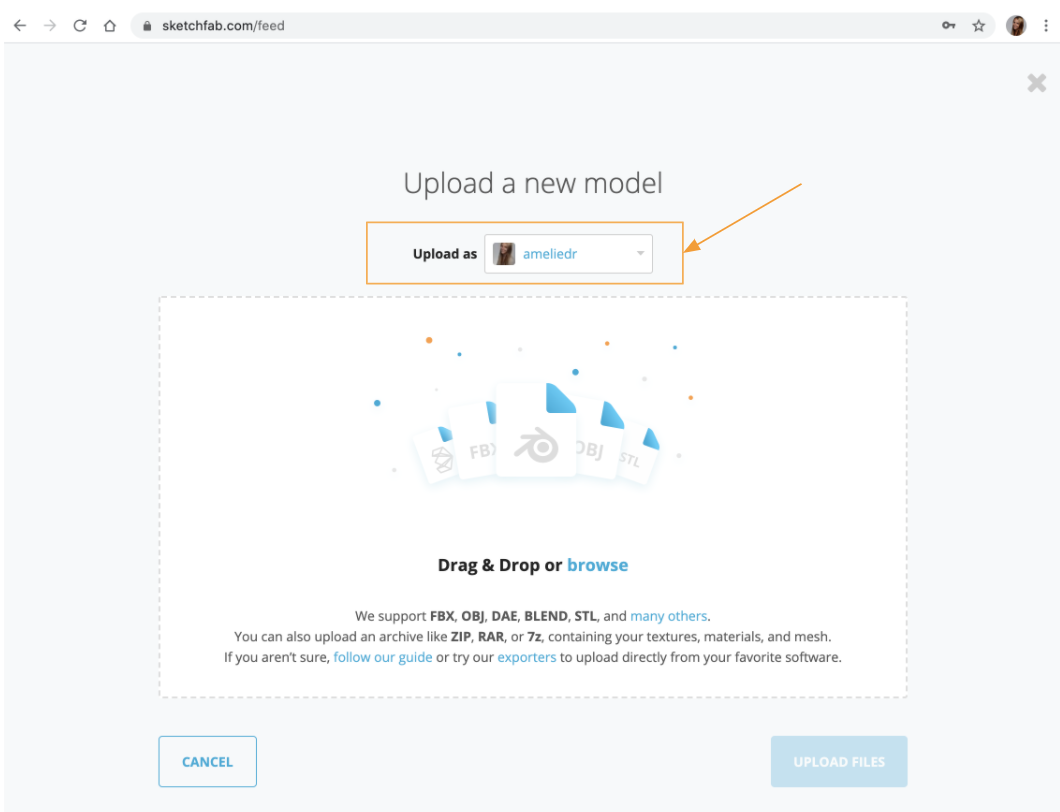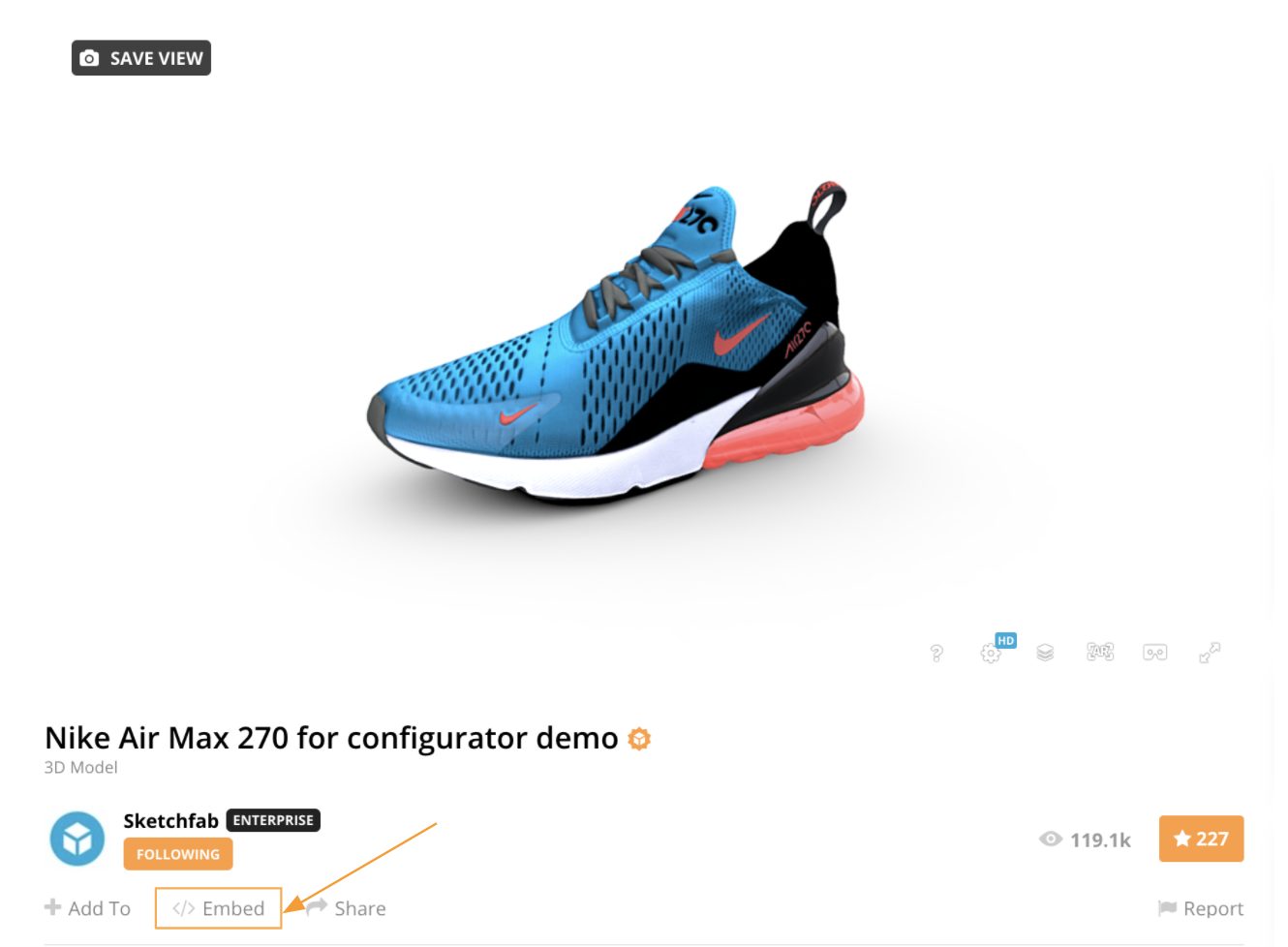

get ( )Īdditionally, consider a case where one would like to use Cypress to find multiple elements or all of them having attribute titles whose value contains ‘store’ (e.g., store-1, store-2, …). Shown below is the syntax to use attributes in Cypress:Ĭy. Thus, we can use the same syntax for locating elements using other attributes as well. Attributes are applied to almost all the HTML tags and work similarly to the NAME locator in Cypress. They also help define the behavior of the elements when a specific condition is set and triggered. Identify HTML elements using ‘Attributes’ in CypressĪttributes are ways to set a particular property of the HTML element. Shown below is the execution snapshot, which indicates the respective WebElement was located successfully using the NAME locator: An assert is raised if the search results are not displayed properly. Once the search results are available, we can use the ID locator in Cypress to find multiple elements and assert using Cypress’s built-in assertion method should(‘be.visible’). Here is how we use the browser console using $() as the CSS selector: The Inspect tool in Google Chrome is used for locating the element using the CSS Selector. Here is a sample HTML page that showcases the syntax of ID in HTML:

It also helps in accelerating the interactions with the underlying elements in the DOM. The ID attribute is unique across the DOM, due to which it is the fastest way for locating the required WebElement. IDs are the unique attributes given to the HTML elements that can be identified and updated with minimal effort. Identify HTML elements using ‘ID’ Cypress locator However, visit the LambdaTest YouTube channel for more Cypress videos, so there’s never a shortage of Cypress learning opportunities. This will help you write your first cypress test and target HTML elements using the GET command. You can go through the following video to learn Cypress GET and FIND Command Hacks supported by the Cypress test automation framework. For this blog in the Cypress tutorial series, I will be using ecommerce practice site for showcasing the usage of the relevant web locators.
#GET SKETCHFAB MODELS VIA INSPECT ELEMENT HOW TO#
Let’s deep dive into details of how to use and work with locators in Cypress. So in case you intend to use other web locators like XPath, ID, etc., with Cypress, you need to add relevant external packages that support using those with Cypress locators.

Since the core fundamentals of web locators are agnostic of the automation framework, you can refer to our locators in Selenium that deep dive into each locator (mentioned above) in more detail.Īlso Read – Cypress cross browser testing on the cloudĬypress supports only CSS selectors out of the box for locating elements in the DOM.

Locators are generally classified in the following categories, while they are being used to find multiple elements in Cypress: Once you find multiple elements in Cypress, relevant operations can be performed on these elements or assert their presence for validation. Īkin to locators in Selenium, Cypress locators are also used to find WebElements in the HTML Document Object Model (DOM). If you are coming from a Selenium automation background and willing to jump ship to the Cypress framework, the Cypress vs Selenium comparison would be helpful to make a wiser decision! In addition, you can take a quick refresher of the Cypress framework by visiting our earlier blog that deep-dives into the Cypress architecture and design.


 0 kommentar(er)
0 kommentar(er)
